The malware protection market in Europe is characterized by a dynamic competitive landscape, driven by increasing cyber threats and the growing need for robust security solutions. Key players such as Symantec (US), Kaspersky Lab (RU), and Bitdefender (RO) are actively shaping the market through strategic innovations and partnerships. Symantec (US) focuses on enhancing its cloud security offerings, while Kaspersky Lab (RU) emphasizes its research capabilities to stay ahead of emerging threats. Bitdefender (RO) is leveraging its advanced AI technologies to provide comprehensive protection, indicating a trend towards integrating cutting-edge technology into security solutions. Collectively, these strategies contribute to a competitive environment that prioritizes innovation and adaptability.
In terms of business tactics, companies are increasingly localizing their operations to better serve regional markets, which appears to enhance customer engagement and satisfaction. The market structure is moderately fragmented, with several players vying for market share, yet the influence of major companies remains substantial. This competitive structure allows for a diverse range of offerings, catering to various customer needs while fostering a healthy level of competition.
In October 2025, Kaspersky Lab (RU) announced a strategic partnership with a leading European telecommunications provider to enhance its cybersecurity services for small and medium-sized enterprises (SMEs). This collaboration is significant as it not only expands Kaspersky's reach but also positions it as a key player in the SME segment, which is increasingly targeted by cybercriminals. The partnership is likely to bolster Kaspersky's market presence and reinforce its commitment to providing tailored solutions for vulnerable businesses.
In September 2025, Bitdefender (RO) launched a new suite of AI-driven security solutions aimed at enterprise clients, showcasing its commitment to innovation. This launch is particularly noteworthy as it reflects the growing trend of utilizing artificial intelligence to predict and mitigate cyber threats proactively. By focusing on enterprise needs, Bitdefender is likely to strengthen its competitive edge and attract larger clients seeking advanced protection.
In November 2025, Symantec (US) unveiled a new cloud-based security platform designed to integrate seamlessly with existing IT infrastructures. This move is indicative of the ongoing digital transformation within the industry, as organizations increasingly migrate to cloud environments. By offering solutions that facilitate this transition, Symantec positions itself as a forward-thinking leader in the malware protection market, likely enhancing its appeal to businesses undergoing digital shifts.
As of November 2025, current trends in the malware protection market include a pronounced focus on digitalization, sustainability, and the integration of AI technologies. Strategic alliances are becoming increasingly vital, as companies recognize the need to collaborate to enhance their service offerings and address complex security challenges. Looking ahead, competitive differentiation is expected to evolve, with a shift from price-based competition towards innovation, technological advancement, and supply chain reliability. This evolution suggests that companies that prioritize these aspects will likely emerge as leaders in the malware protection landscape.


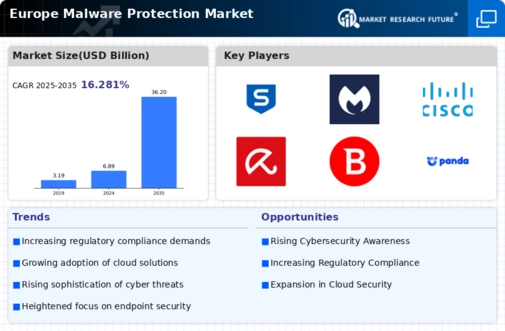


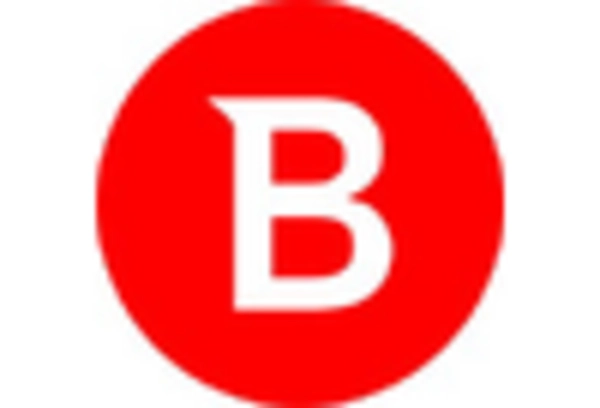
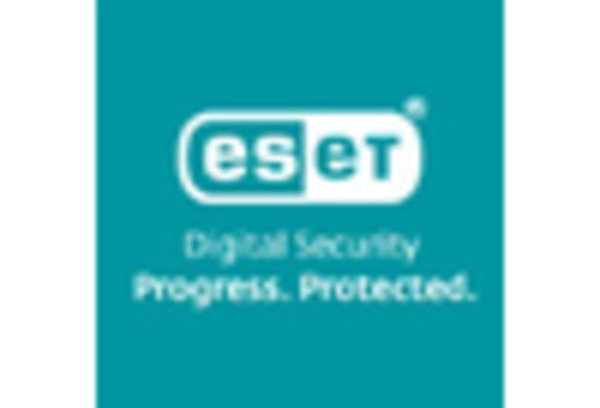
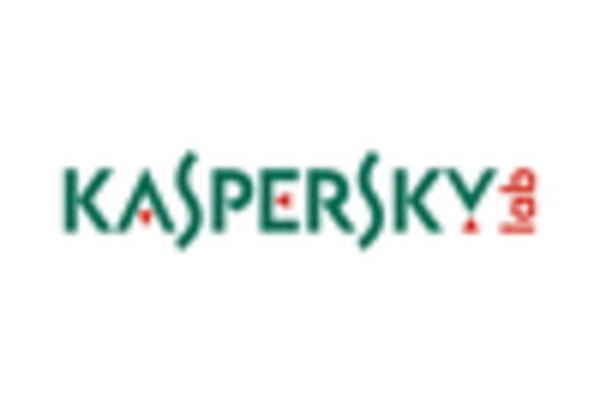


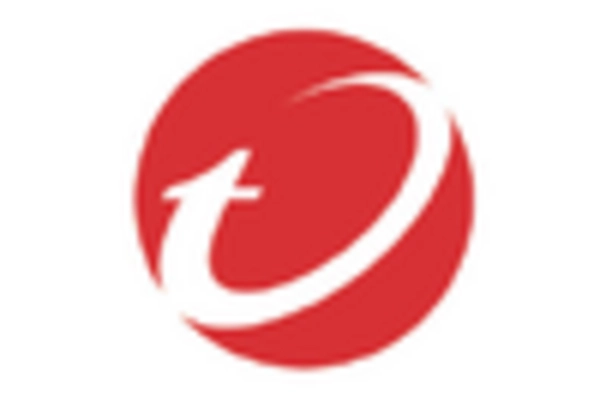








Leave a Comment